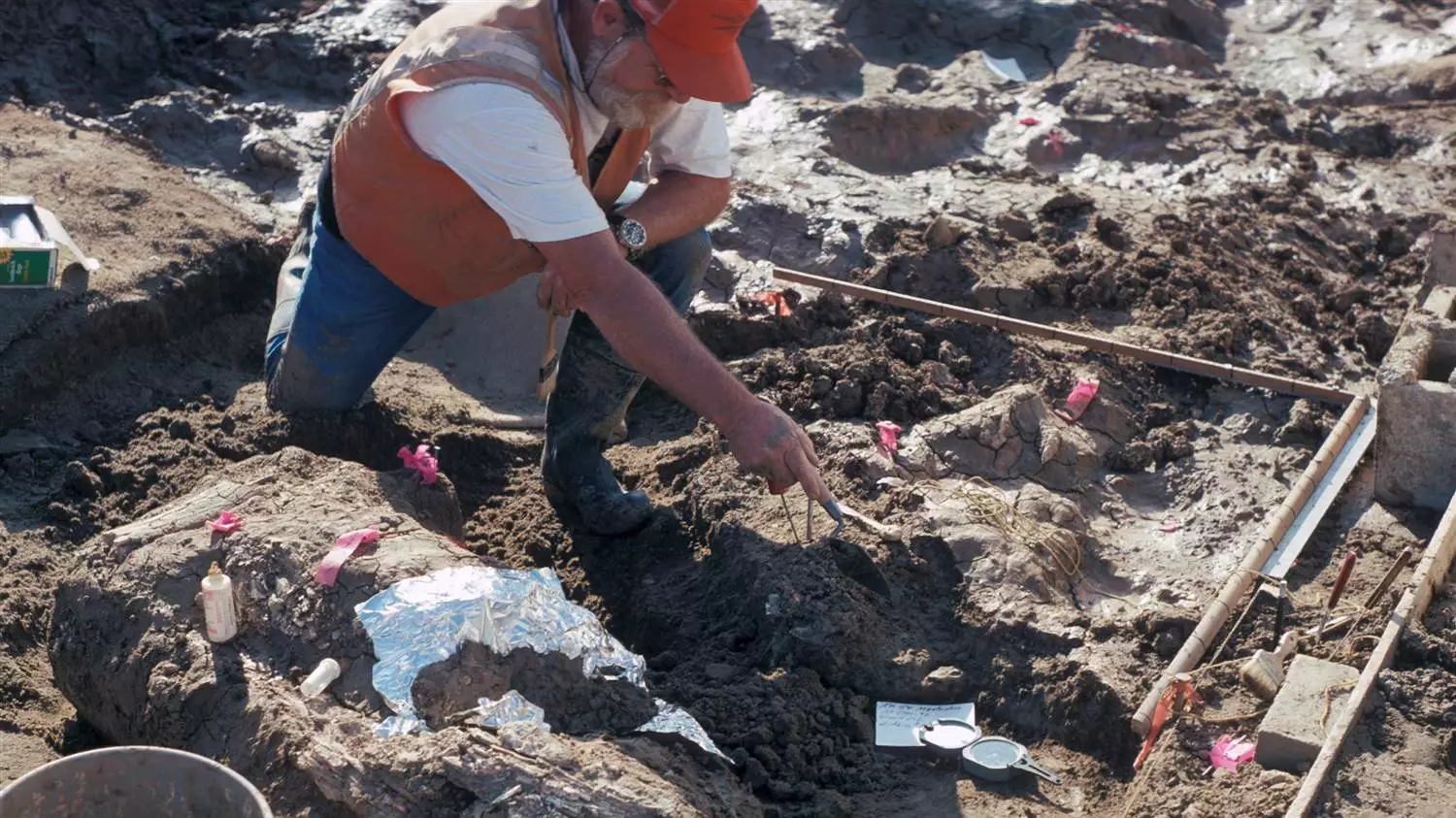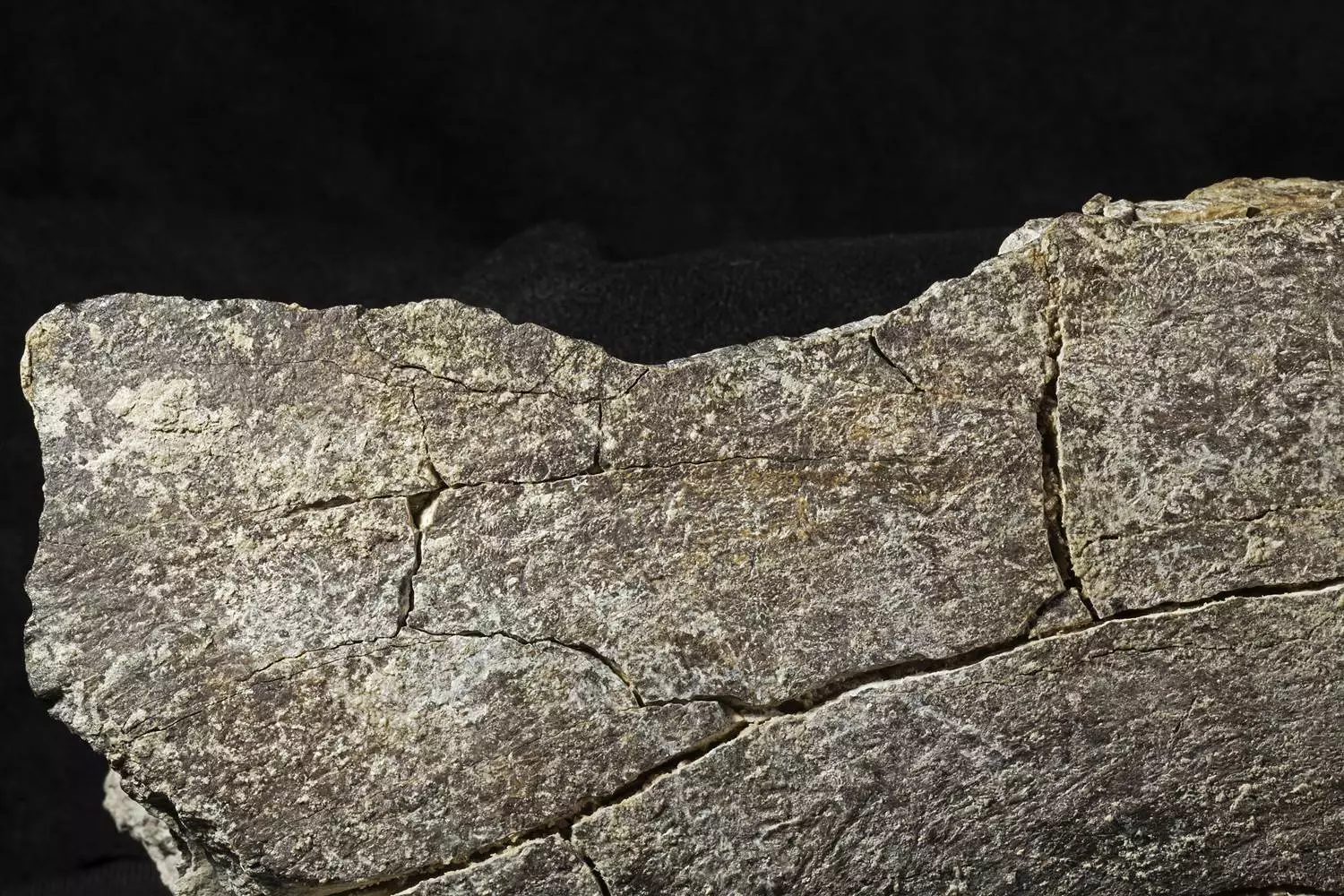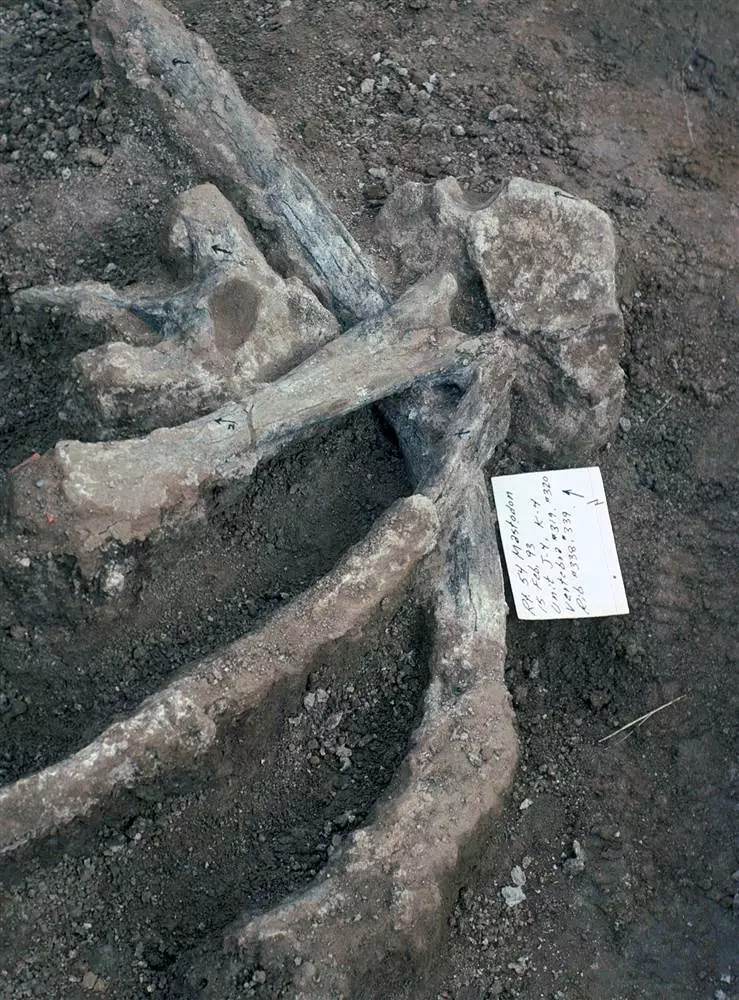
A discovery made by paleontologists under a freeway construction site in California could alter our understanding of human history.
A 130,000-year-old mastodon skeleton was found at the site and appears to have been smashed apart by humans tens of thousands years before our ancestors were thought to have lived in North America.
Researchers at the site are now suggesting that early humans travelled to the continent much earlier than scientific consensus has previously suggested.
Thomas Deméré, curator of palaeontology at the San Diego Natural History Museum which led the project, said: "Of course extraordinary claims like this require extraordinary evidence," adding that the team believed "the site preserves such evidence."
Advert
Steven Holen, another project scientist at the Center for Paleolithic Research, said: "I know people will be sceptical of this because it is so surprising and I was sceptical when I first looked at the material itself. But it's definitely an archaeological site."

Credit: San Diego Natural History Museum
Mastodons were a species of animal related to elephants that lived in North and Central America, before becoming extinct during the late Pleistocene period around 10,000 years ago.
The site includes a skeleton that looks like it was taken apart and broken with stone tools, alongside the bones they smashed, with a tusk appearing to have been stuck upright into the ground.
The site was first found in 1992, but it has taken a quarter of a century to piece the fossils together and use modern radiometric dating methods to determine the skeleton's age. Uranium dating puts the site at around 130,000 years old.
"It appears to be impossible that a mastodon could somehow force its own tusk into the underlying deposits," the research team noted in their report, published in the journal Nature.
Archaeological sites in North America have led most researchers to believe the continent was first reached by Homo sapiens around 15,000 years ago.

Credit: San Diego Natural History Museum
It is thought that people crossed a land bridge across the Bering Strait between modern-day Alaska and Siberia during the last Ice Age, and then migrated down the west coast.
But archaeologists remain sceptical of the study's findings.
Advert
"My first reaction on reading this paper was 'No. This is wrong. Something's wrong,'" stone tool expert John McNabb, of the University of Southampton, told NBC News.
"If it does turn out to be true, it changes absolutely everything."
Archaeologist Donald Grayson, of the University of Washington, told the New York Times: "I was astonished, not because it is so good but because it is so bad."
He said the study failed to rule out natural causes or other possible explanations for the markings on the bones.
Advert
Source: NBC News and The Guardian